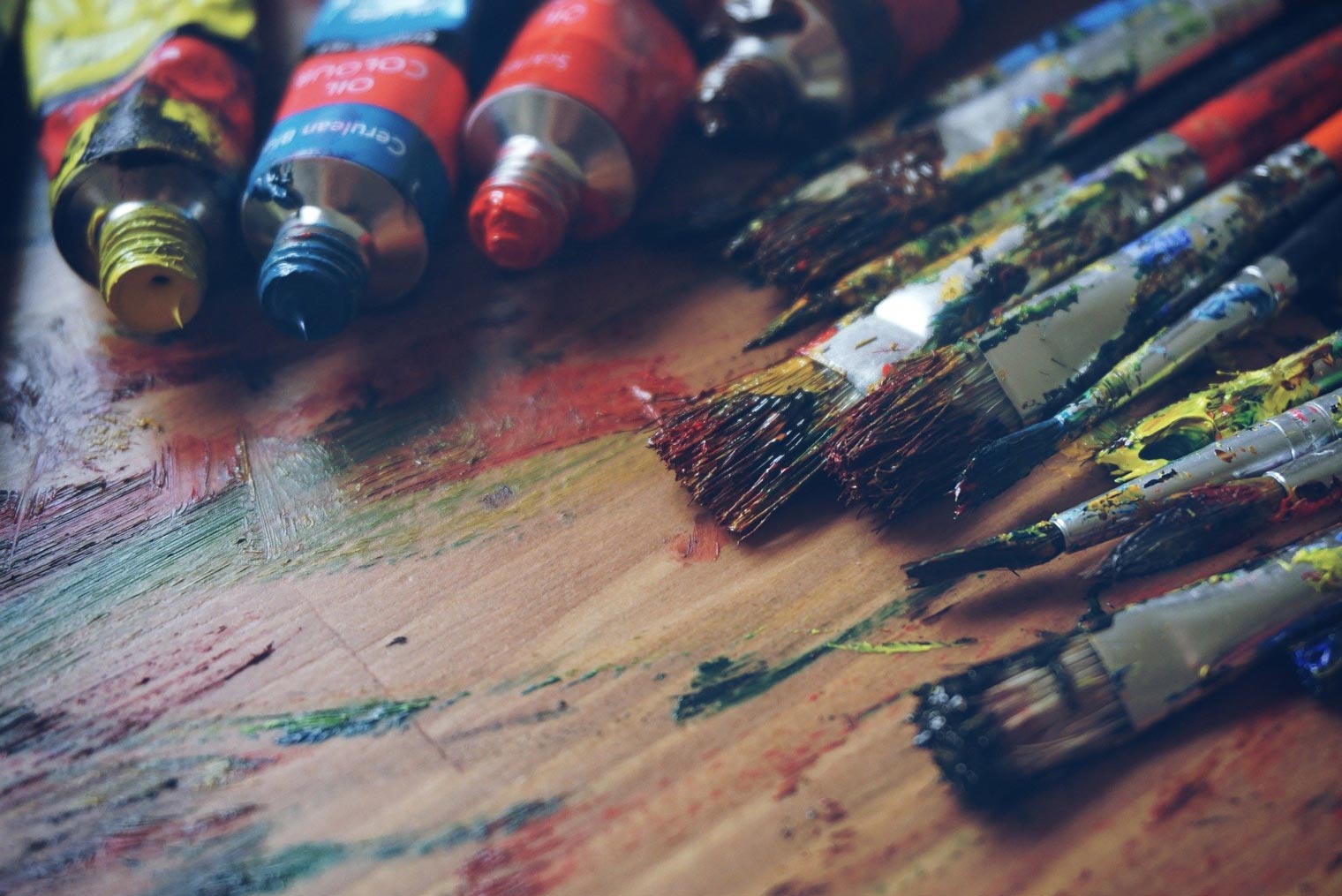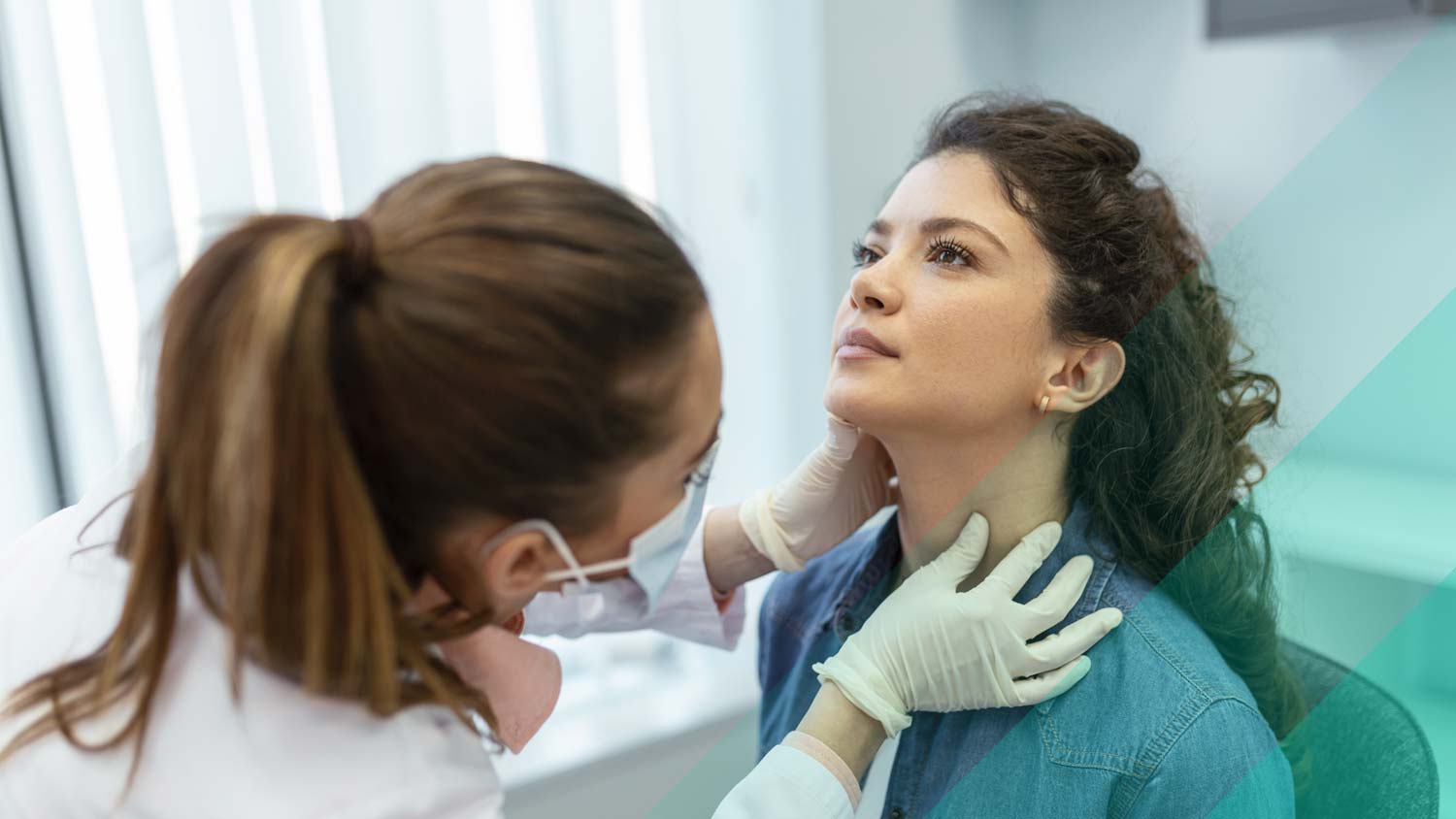In the 1940s, doctors noted that individuals suffering from various mental disorders often communicated or processed emotions through artwork. This led many to explore the healing properties of art and develop a way to utilize creativity to assess and treat patients.
What is art therapy?
Art therapy merges therapeutic techniques with the creative process to improve mental, emotional, and physical wellness. Through mediums like drawing, painting, coloring, sculpting, and collage, patients are able to dive deeper into emotions they may be unable to vocalize or process fully.
Unlike physical exercise which simply engages the body or meditation that focuses only on the mind, art therapy engages both to promote holistic healing. Those who may be bogged down by their situation or mental illness can feel grounded and present by what they create. In most cases, art therapy is used in conjunction with other therapeutic techniques such as group therapy or individual counseling.
How does it work?
Unlike typical art classes, sessions with a trained art therapist focus less on technique and more on a person’s experiences. Patients are encouraged to make artwork that reflects their inner world. For someone who has gone through a traumatic event, an art therapist may ask them to draw side-by-side portraits of themselves before and after the trauma. Together, the therapist and patient can unpack the artwork and give the patient time to focus on their own feelings and point of view.
How does it help?
- Self-discovery – Creating art can help a patient acknowledge and recognize feelings that have been lurking in the subconscious.
- Self-esteem – The feeling of accomplishment when creating artwork can be very valuable when developing self-appreciation and confidence.
- Emotional release – Art therapy is a healthy outlet for expressing and releasing feelings and fears. When words aren’t possible, art can be the perfect release.
- Stress relief – Fighting addiction, anxiety, depression, or emotional trauma can be stressful for your mind and body. Creating art relieves this burden and provides a calming effect.
Who can benefit from art therapy?
Some situations and conditions that can be treated through art therapy include:
- Individuals experiencing extreme stress
- Children or adults who have experienced a traumatic event
- Children suffering from behavioral or social problems
- Children with learning disabilities
- Anxiety
- Depression
- Disordered eating
- PTSD
- Substance use
If you are looking for treatment or want to learn more about alternatives like art therapy, get in contact with one of our trained clinicians today.







